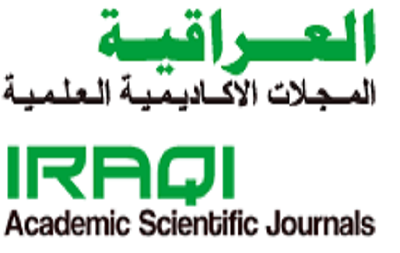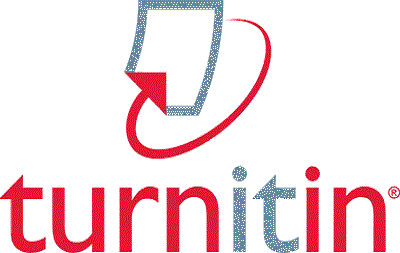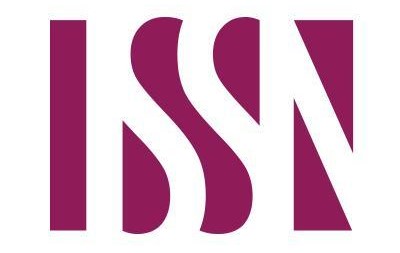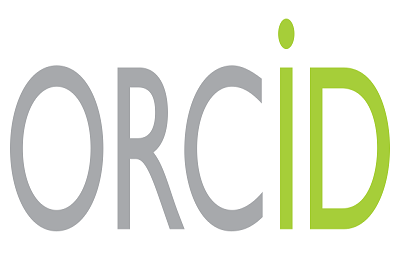The extent to which the outcomes of the College of Physical Education and Sports Sciences at the University of Basra are aligned with the requirements of the labor market from the perspective of employers
Main Article Content
Abstract
The aim of this research was to investigate employers' perspectives on the competence of graduates and their ability to integrate into the workplace. The researchers used a descriptive approach using a survey and relationship study. The research sample was randomly selected from employers in educational and sports institutions and health centers employing (53) graduates. The results were presented, analyzed, and discussed. We concluded that graduates have the ability to adapt to the requirements of the labor market, indicating the potential to improve their employment opportunities. We recommended the need to design specialized training courses aimed at developing graduates' professional and personal skills and expanding employment opportunities.
Article Details

This work is licensed under a Creative Commons Attribution-NonCommercial 4.0 International License.
References
Ahmed, A.-S., & Abdullah, K. (2021). The Impact of Field Training on Graduates’ Readiness for the Labor Market, an Applied Study on College of Education Students. Journal of Education and Development, 28(1), 88–102.
Al-Dabbagh, M. K. A., & Muhammad, Y. B. (2022). Evaluation of the Administrative Leadership of the Heads of Sports Clubs in Nineveh Governorate from the Point of View of Members Researchers. Journal of Studies and Researches of Sport Education, 32(2).
Al-Harbi, M. (2022). Analyzing the gap between higher education outcomes and labor market requirements in the Arab world. Arab Journal of Higher Education, 45(3), 200.
Al-Kalbani, Q., Al-Busafi, M., Farouk, A. Q. A., Al-Qaidi, A., Al-Hadabi, H., Al-Mu’tazz, A.-M., Al-Jahouri, T., Ambo Ali, cousin, Al-Habsi, K., & Al-Harasi, A. (2021). Aligning the Outcomes of the Department of Physical Education and Sports Sciences Programs with the Needs of the Omani Labor Market for Sports Management Specialists in Light of Oman Vision 2040. Scientific Journal of Physical Education and Sports Sciences, Helwan University, 92(3), 550–567. https://doi.org/10.21608/jsbsh.2021.91143.1834
Al-Shamikh, T. A.-A. (2018). Evaluation of the targeted learning outcomes for the Department of Physical Education track at the Faculty of Sports Sciences and Physical Activity and their suitability to the requirements of the labor market. Scientific Journal of Physical Education and Sports Sciences, 82(1), 151–179. https://doi.org/10.21608/jsbsh.2018.62027
Al-Zahrani, S. M. (2020). Developing Cooperative Training Programs in Saudi Universities to Align with Labor Market Requirements. Journal of Educational Sciences, 32(2), 155–178.
Awis, K. E.-D. A. (2023). Scientific Research in Education, Ali El-Haggar Press (p. 55). Ali El-Haggar Press.
Farahat, L. A.-S. (2001). Mathematical Cognitive Measurement (p. 19). Al-Kitab Publishing Center.
Fugate, M., Kinicki, A. J., & Ashforth, B. E. (2004). Employability: A psycho-social construct, its dimensions, and applications. Journal of Vocational Behavior, 65(1), 14–38. https://doi.org/10.1016/j.jvb.2003.10.005
Gibb, A. (2013). Developing the entrepreneurial university of the future. Industry and Higher EducationIndustry and Higher Education, 27(4), 263–278.
Hamed, N., & Ahmed, A. (2023). Perceived Self-Efficacy and Its Relationship to Dexterous Thinking Among Third-Stage Female Students in the College of Physical Education and Sports Sciences-University of Basra. Journal of Studies and Researches of Sport Education, 33(1), 2023. https://doi.org/10.55998/jsrse.v33i1.376©Authors
Harvey, L. (2001). Defining and Measuring Employability. Quality in Higher Education, 7(2), 97–109. https://doi.org/10.1080/13538320120059990
Jackson, D. (2013a). Student Perceptions of the Importance of Employability Skill Provision in Business Undergraduate Programs. Journal of Education for Business, 88(5), 271–279. https://doi.org/10.1080/08832323.2012.697928
Jackson, D. (2013b). Student Perceptions of the Importance of Employability Skill Provision in Business Undergraduate Programs. Journal of Education for Business, 88(5), 271–279. https://doi.org/10.1080/08832323.2012.697928
Khataiba, A. (1997). Contemporary curricula in physical education. Amman: Dar Al-Fikr for Publishing and Distribution.
Mahjoub, W. (1988). Scientific Research Methods and Approaches (p. 237). Dar Al-Kutub for Printing and Publishing.
Mashkoor, N., Saber, A., & Falhi, H. (2021). An analytical study of the level of information sharing between members of the administrative bodies of clubs and athletics federations. Journal of Physical Education Studies and Research.
Mustafa, M. A.-I. (2023). Statistics and Measurement in Education (pp. 147–148). Alia Printing House.
Mustafa, R., & Hussein, T. (2008). Educational Research Methods between Criticism and Renewal (1st ed, p. 101). Dar Al-Ilm Wal-Iman for Publishing and Distribution.
Yorke, M., & Knight, P. (2004). Employability in higher education: what it is-what it is not. LTSN Generic Centre York.
Youssef, A., & Abu Zaid, K. (2022). Assessing the level of commitment and job discipline among recent graduates in the private sector. Journal of Human Resources and Business Administration, 15(2), 110.





 IASJ
IASJ CC-BY-4.0
CC-BY-4.0 turnitin
turnitin ISSN
ISSN DOAJ
DOAJ Crossref
Crossref GoogleScholar
GoogleScholar Orcid
Orcid